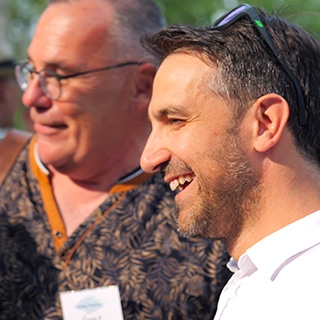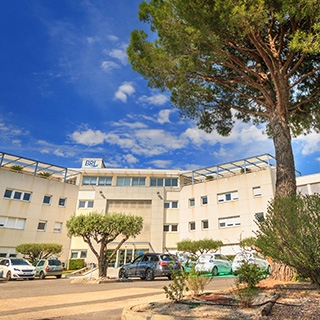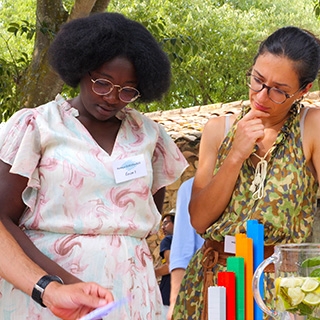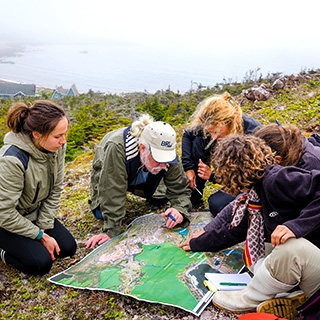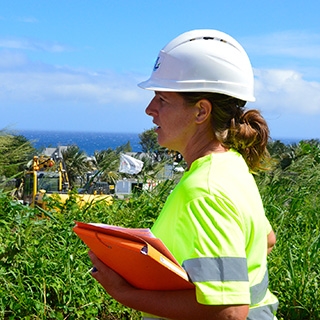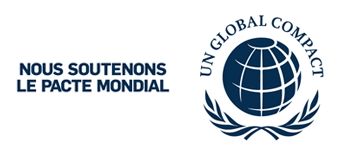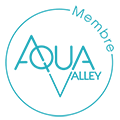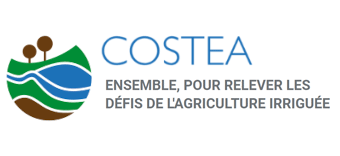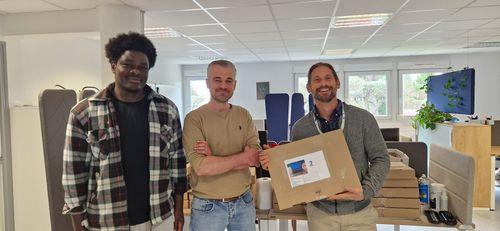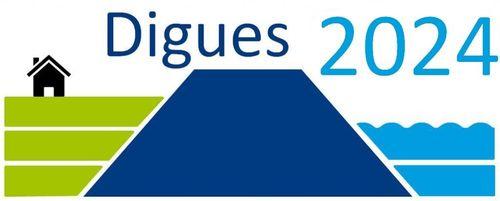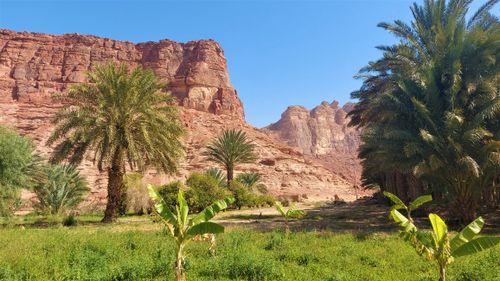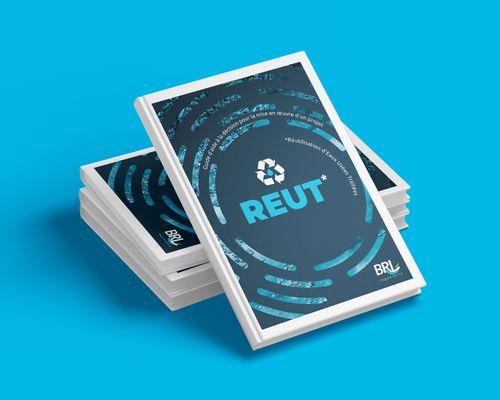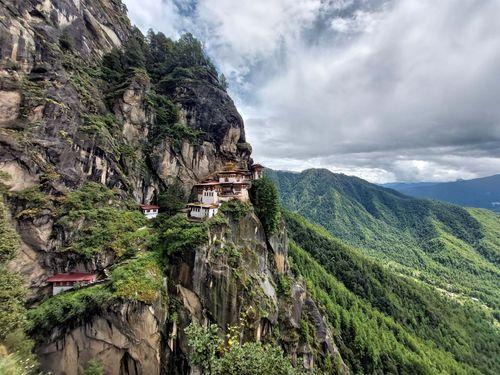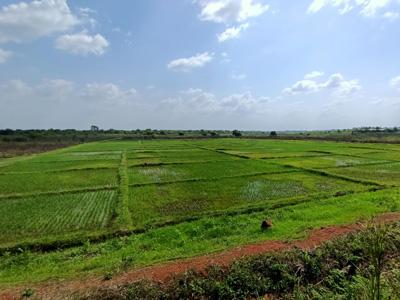
Une expertise innovante, reconnue en France et à l’international
BRL Ingénierie est un bureau d'études spécialisé dans les domaines liés à l’eau, à l’environnement et à l’aménagement du territoire.
- 0
projets en cours
- 0
personnes dont 45% de femmes
- 0
% des clients prêts à recommander BRLI
- 0
millions d'euros de chiffre d'affaires en 2022

Domaines d’activité
Memberships
Pourquoi nous rejoindre ?
Préserver, développer et valoriser en France et dans le monde, de manière responsable, l’eau et l’environnement pour assurer les conditions d’une vie meilleure, en préservant la biodiversité et en intégrant les menaces liées au changement climatique...
